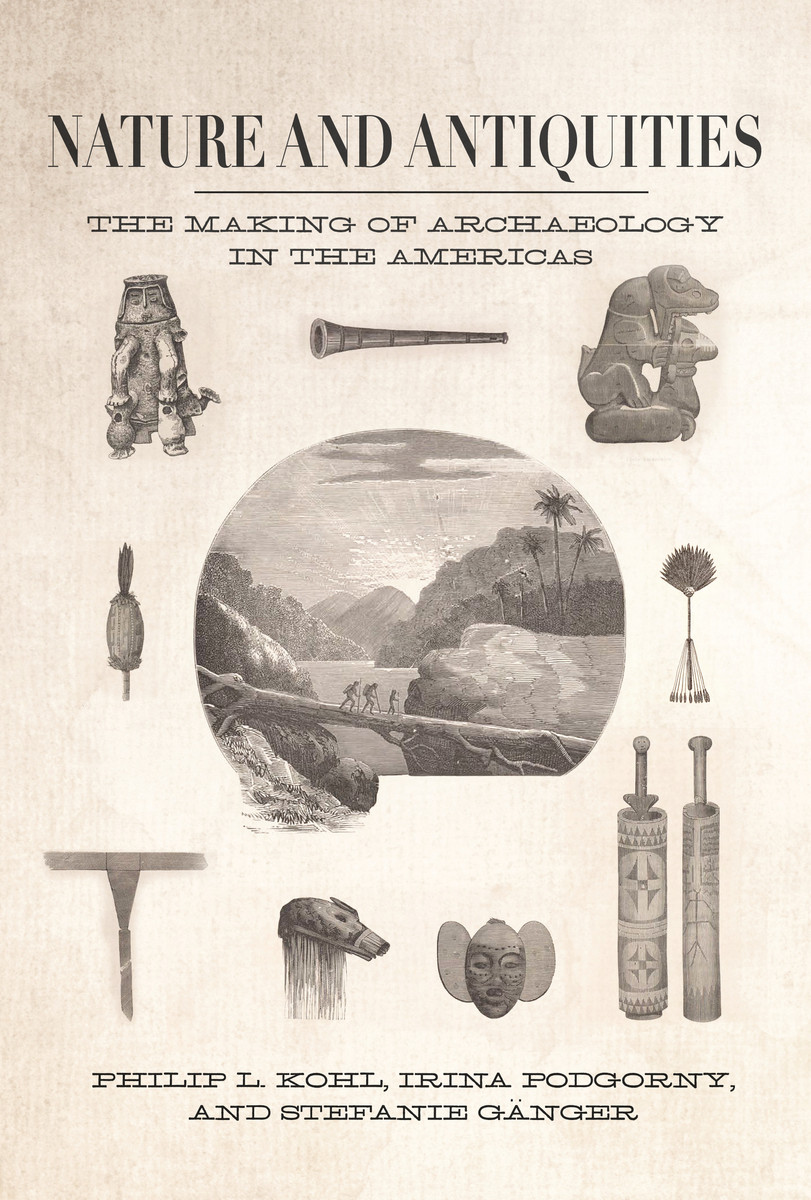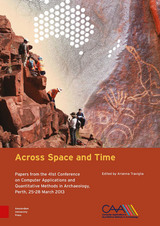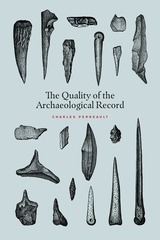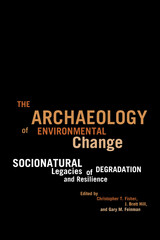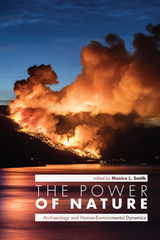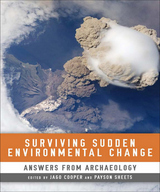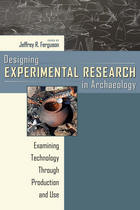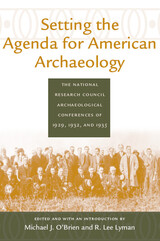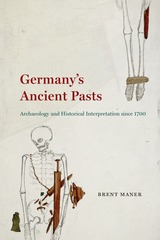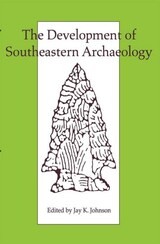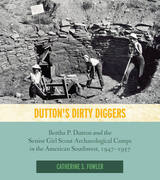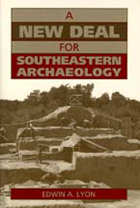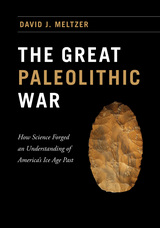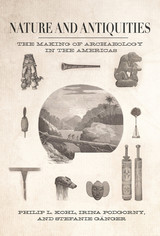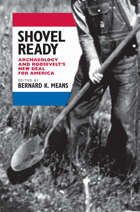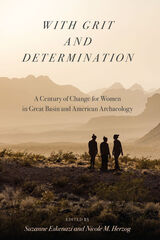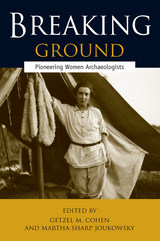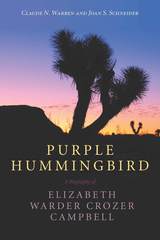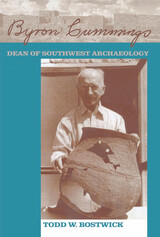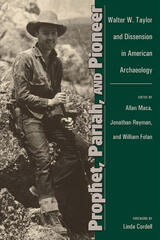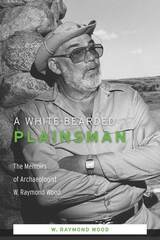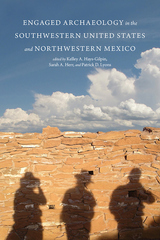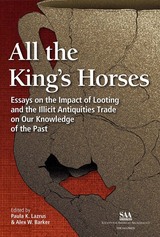Nature and Antiquities: The Making of Archaeology in the Americas
University of Arizona Press, 2014
Cloth: 978-0-8165-3112-7 | eISBN: 978-0-8165-9855-7
Library of Congress Classification CC101.U6N38 2014
Dewey Decimal Classification 930.1
Cloth: 978-0-8165-3112-7 | eISBN: 978-0-8165-9855-7
Library of Congress Classification CC101.U6N38 2014
Dewey Decimal Classification 930.1
ABOUT THIS BOOK | AUTHOR BIOGRAPHY | REVIEWS | TOC
ABOUT THIS BOOK
Nature and Antiquities examines the relation between the natural sciences, anthropology, and archaeology in the Americas in the nineteenth and early twentieth centuries. Taking the reader across the Americas from the Southern Cone to Canada, across the Andes, the Brazilian Amazon, Mesoamerica, and the United States, the book explores the early history of archaeology from a Pan-American perspective.
The volume breaks new ground by entreating archaeologists to acknowledge the importance of ways of knowing that resulted from the study of nature in the history of archaeology. Some of the contributions to this volume trace the part conventions, practices, and concepts from natural history and the natural sciences played in the history and making of the discipline. Others set out to uncover, reassemble, or adjust our vision of collections that research historians of archaeology have disregarded or misrepresented—because their nineteenth-century makers would refuse to comply with today’s disciplinary borders and study natural specimens and antiquities in conjunction, under the rubric of the territorial, the curious or the universal. Other contributions trace the sociopolitical implications of studying nature in conjunction with “indigenous peoples” in the Americas—inquiring into what it meant and entailed to comprehend the inhabitants of the American continent in and through a state of nature.
The volume breaks new ground by entreating archaeologists to acknowledge the importance of ways of knowing that resulted from the study of nature in the history of archaeology. Some of the contributions to this volume trace the part conventions, practices, and concepts from natural history and the natural sciences played in the history and making of the discipline. Others set out to uncover, reassemble, or adjust our vision of collections that research historians of archaeology have disregarded or misrepresented—because their nineteenth-century makers would refuse to comply with today’s disciplinary borders and study natural specimens and antiquities in conjunction, under the rubric of the territorial, the curious or the universal. Other contributions trace the sociopolitical implications of studying nature in conjunction with “indigenous peoples” in the Americas—inquiring into what it meant and entailed to comprehend the inhabitants of the American continent in and through a state of nature.
See other books on: Americas | Archaeologists | Indians | Interdisciplinary approach to knowledge | Kohl, Philip L.
See other titles from University of Arizona Press
